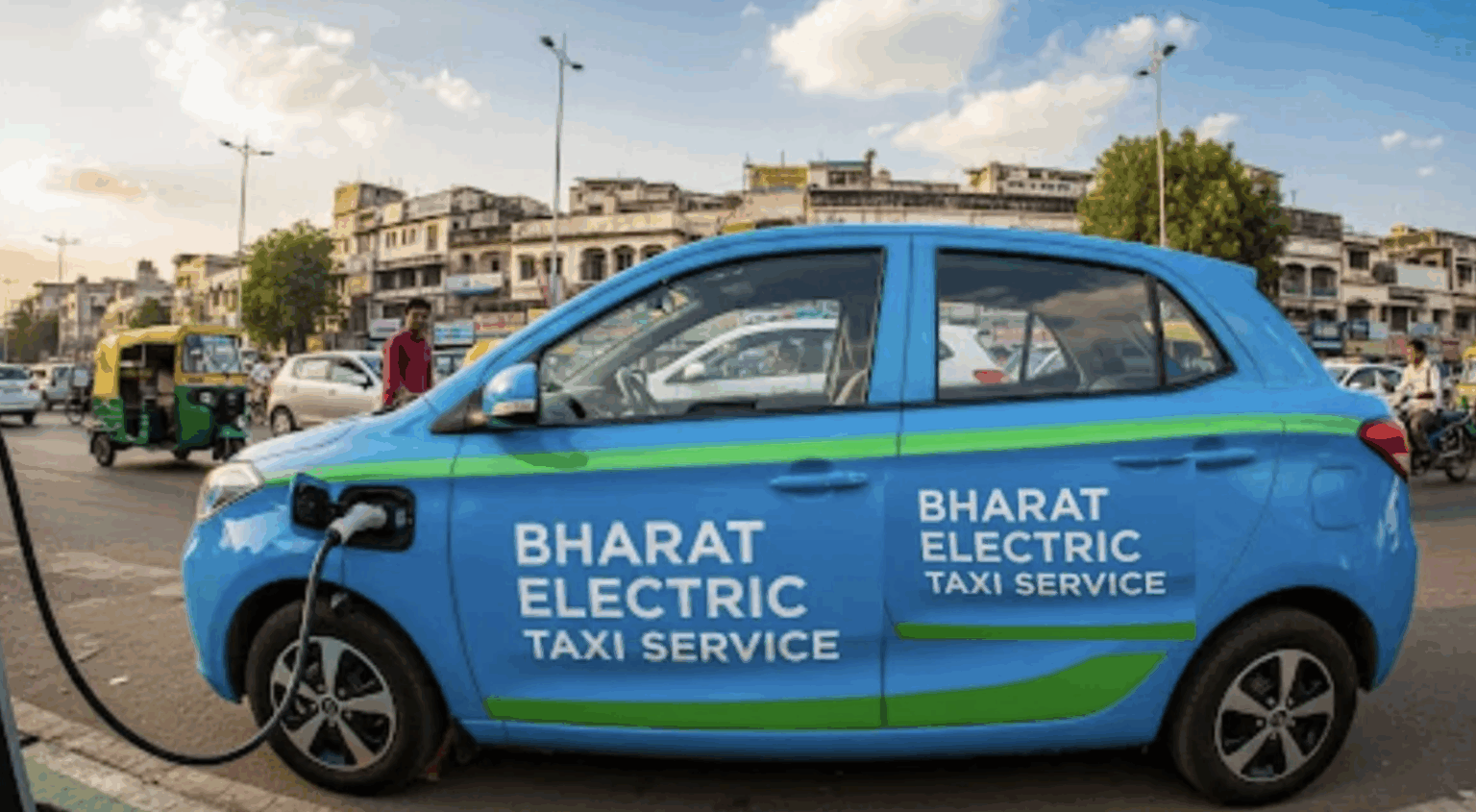The International Energy Agency(IEA) showed their concern regarding the huge increase in the use of air conditioning saying it will have one of the biggest and most unpredictable impacts on the world’s electricity grids in the coming decade.

Air Conditioning Driving Major Electricity Demand
Basically, a combination of rising incomes in the developing world and higher temperatures from climate change meant that power used for home air conditioning units would rise by an amount greater than the entire Middle East’s electricity use today, said the Researchers at the IEA.
As mentioned, IEA is an organization dedicated to ensuring energy security.
This prediction came following the IEA revised up its forecasts for electricity demand.
The usage in 2035 would be 6 percent higher than anticipated last year, IEA said in its flagship World Energy Outlook report, out on Wednesday.
This change in air conditioning requirements would need an extra 697 terawatt hours of electricity by 2030, as per the report.
This amount is more than three times the extra demand from computer data centers.
In addition to this, the electric vehicles would require an extra 854 TWh, according to the IEA.
There is another corner regarding the variability of air conditioning demand as it will have the most unpredictable daily impact on grids.
The head of the IEA, Fatih Birol stated, “It is a blind spot for many decision makers to see how important air conditioners are as a driver of global electricity consumption,” in a media interview.
Addind, “Just to put it in context, in the US and Japan, 90 percent of households have air conditioning but it is 5 percent of households in Nigeria, 15 percent in Indonesia and less than 20 percent in India. With increasing income levels, and with the increasing impact of climate change, people buy air conditioners and this is a major driver.”
Rise In Residential Air Conditioning Demand
The energy use for residential air conditioning was expected to rise by 280 per cent by 2050 in a “business as usual” scenario, known as Steps, according to IEA.
This would basically account for 14 percent of total energy demand in buildings by that date again up from less than 7 percent today.
Consider the scenario, where governments fully meet their climate-related pledges, still the energy consumption by air conditioning is expected to rise by nearly 200 percent.
They need to be prepared as the overwhelming majority of growth in air conditioning will occur in emerging markets and developing economies.
So, the IEA warned that demand could be even stronger if climate change produced more frequent heat waves.
Interestingly, IEA further said that the energy consumption of data centers, while rising, would have less impact on grids.
Addind, “There are more than 11,000 data centers registered worldwide and they are often spatially concentrated, so local effects on electricity markets can be substantial. However, at a global level, data centers account for a relatively small share of overall electricity demand growth to 2030.”












